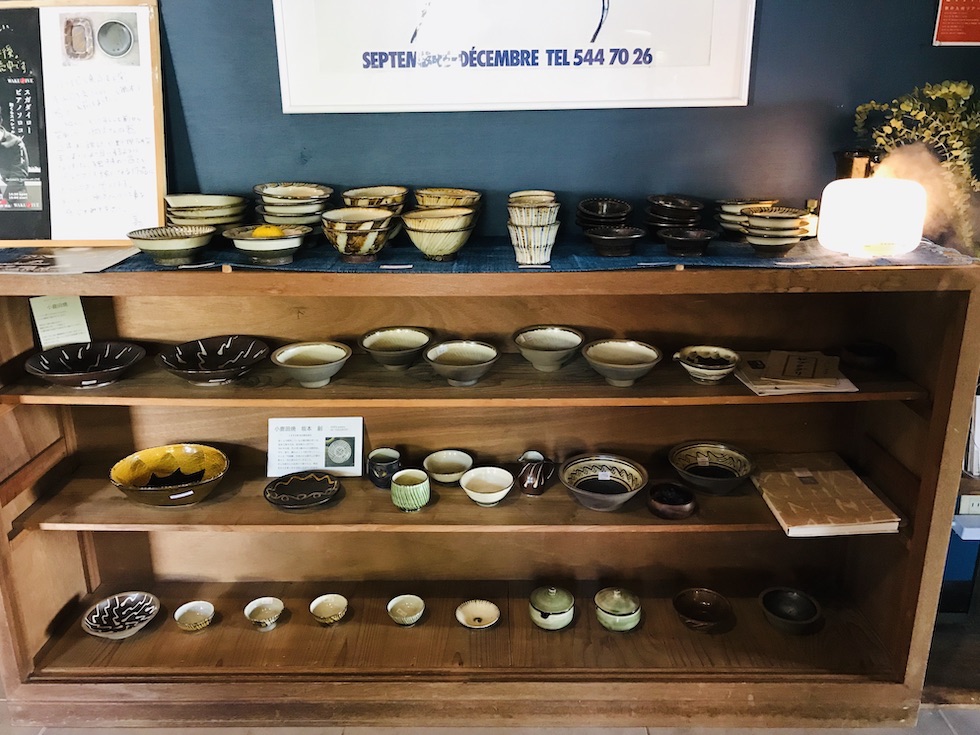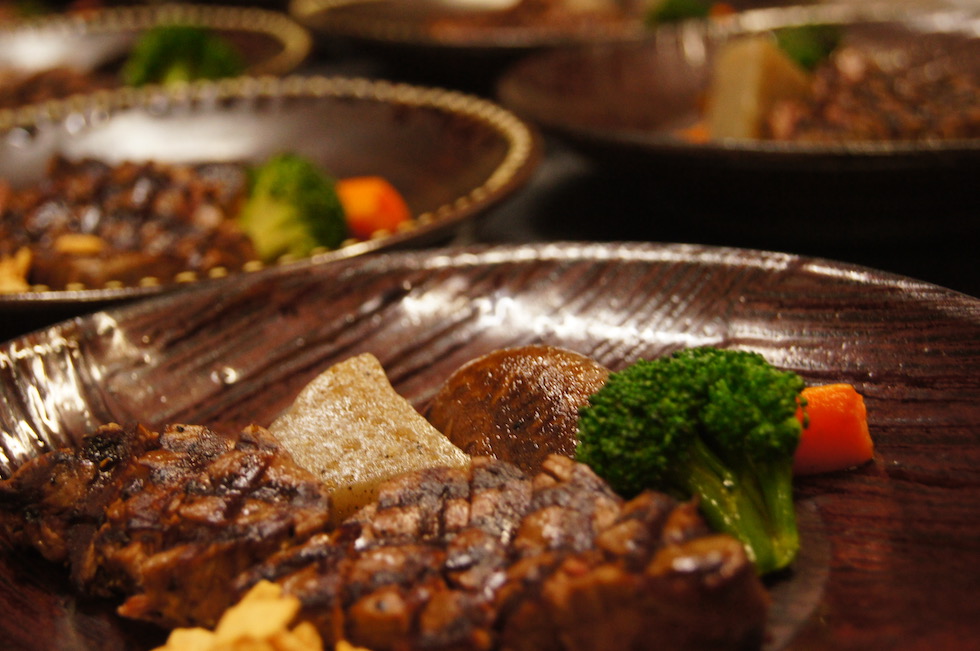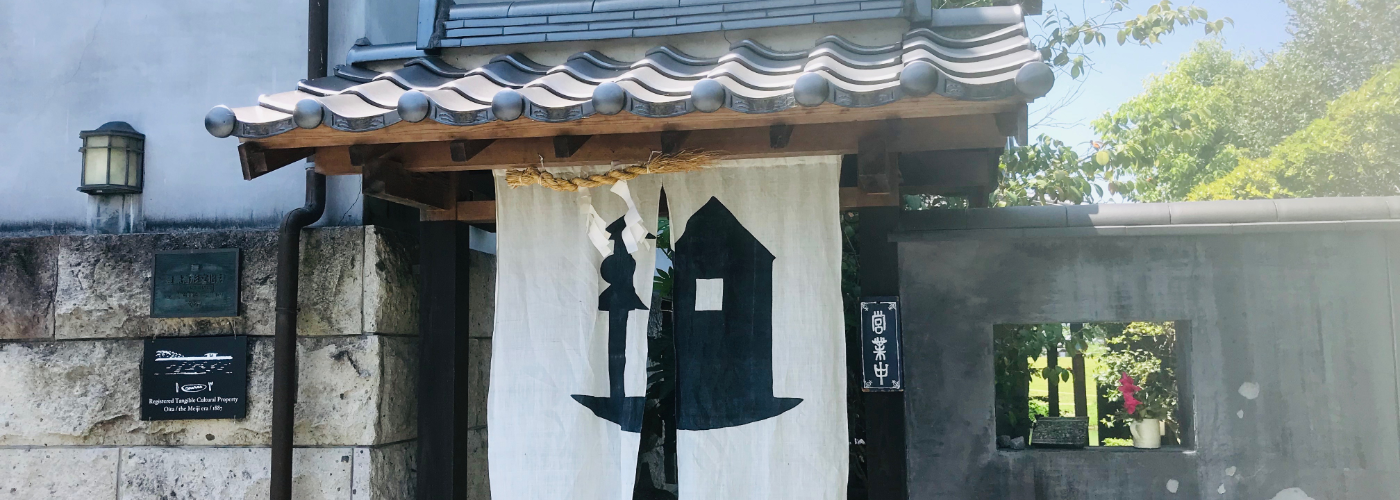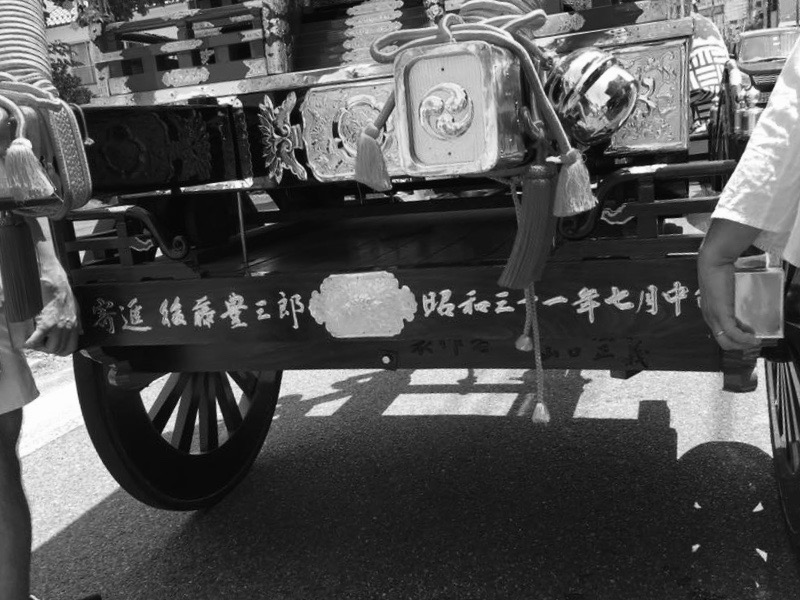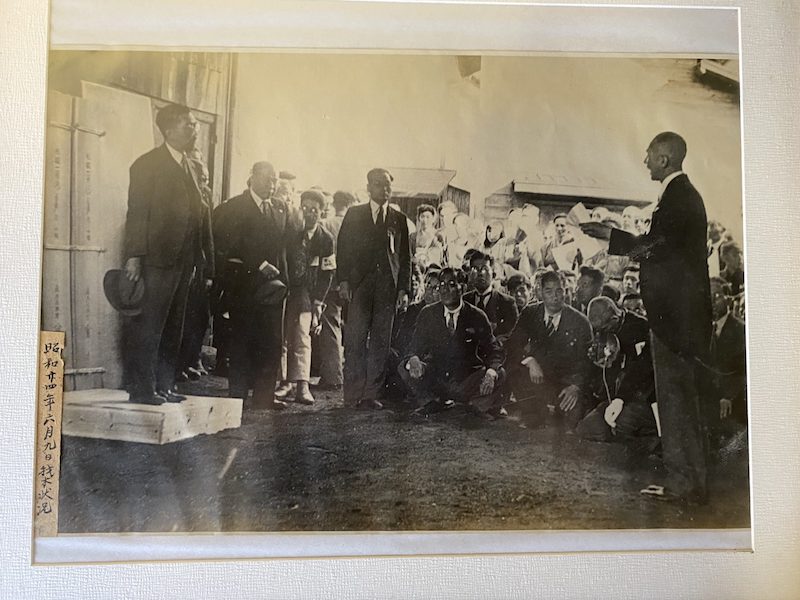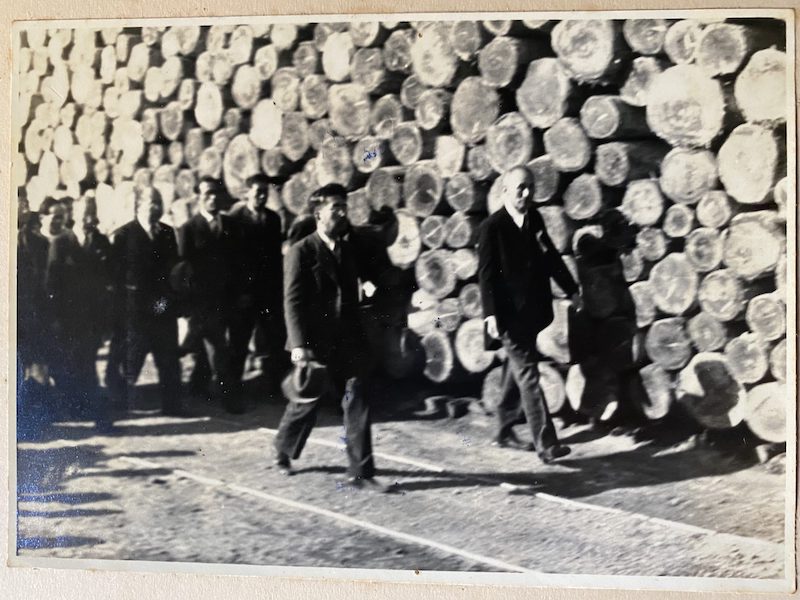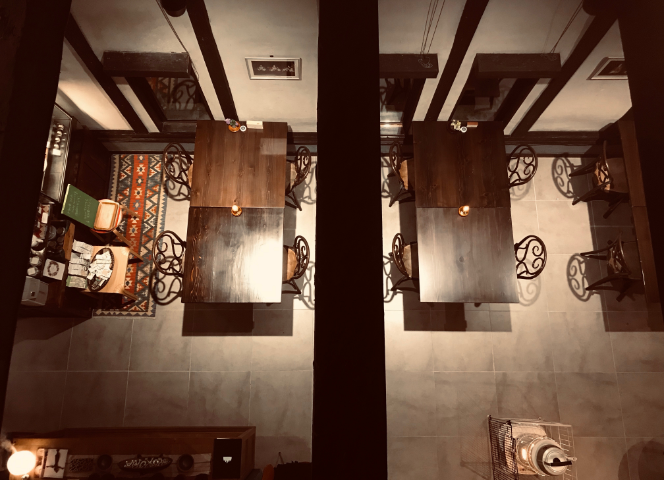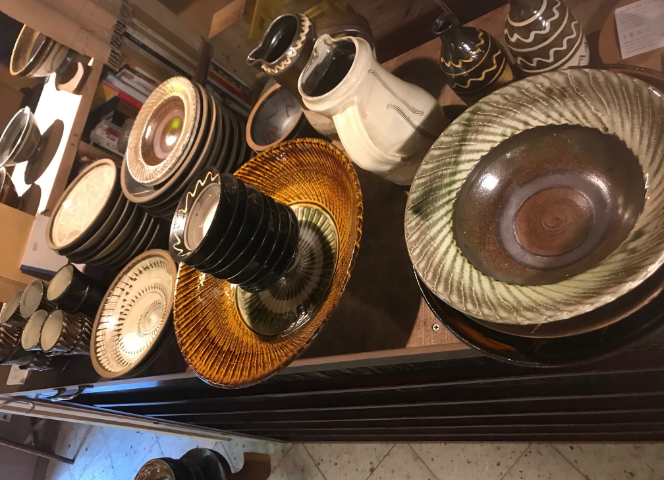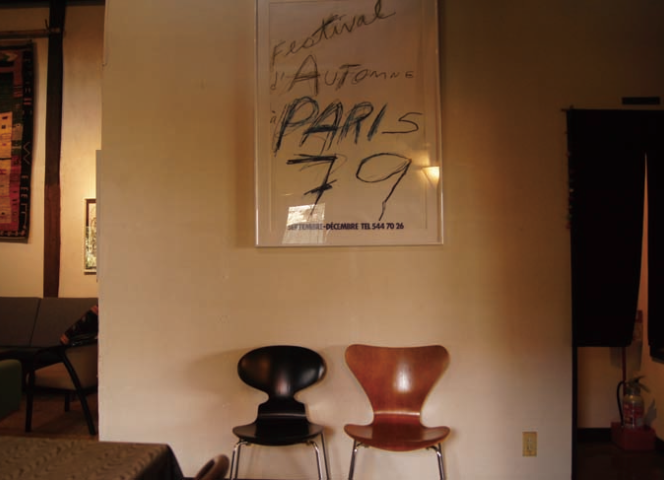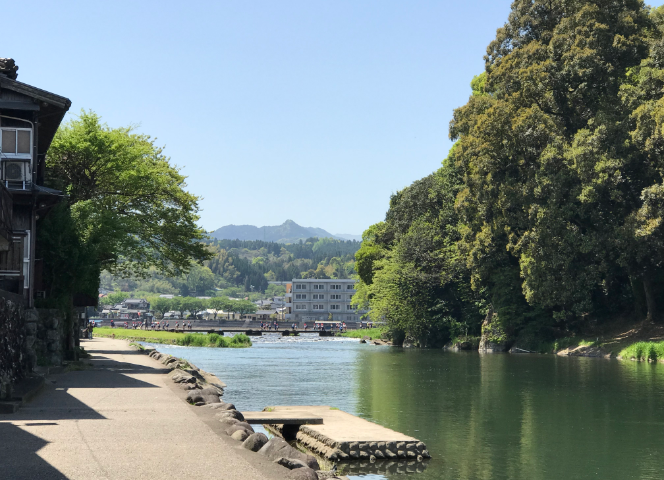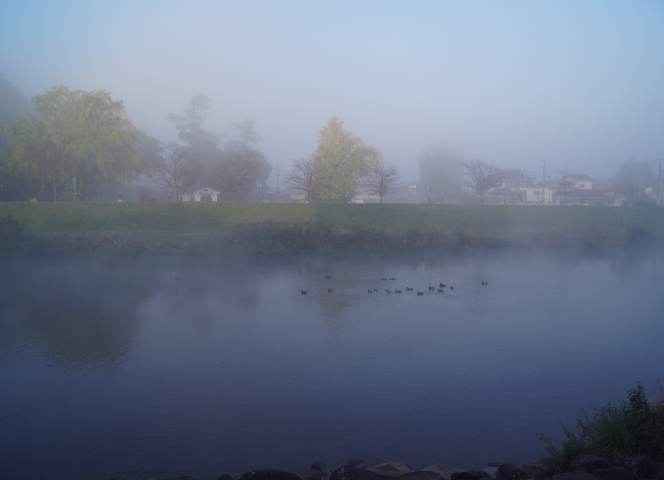About WAKURA
Hita City, Oita Prefecture Located in the western part of Oita Prefecture, adjacent to Fukuoka and Kumamoto prefectures.
Originated from Mameda-cho and Kuma-cho, the territory "Tenryo" under the direct control of the Edo Shogunate was established.
It was developed as the center of the shogunate territory in Kyushu.
The Japanese-style building is a storehouse built in 1926.
Since the Meiji era, he has been operating a lumber trader and sawmill under the brand name "Yamakichi".
It was the Yamakichi Sawmill that was the first in Hita to receive electricity using hydropower.
Famous for the forest industry as Hita's best sawmill,
Goza Toyosaburo, the second generation of the family, is guiding the Yamakichi sawmill.
The main building was built in 1900, and the warehouse (now Wakura) was built in 1926 when the eldest son was born.
After expanding into the construction industry and residential land subdivision business, due to the trends of the times such as pressure of external materials, emphasis on appearance, neglect of quality, etc.,
In 1988, it can be stopped without inconveniencing anyone now.
By the fourth generation, "Yamakichi" will close in 1988.
In 1989, his fourth wife, Kazuko, said, "I want to wake up the sleeping warehouse again."
Open a Teppanyaki steak shop in a warehouse built in 1926.
Steak is a dish that cheerful people eat and that is Teppanyaki steak.
From the corner of the multi-tenant building to the top floor of a luxury hotel, there are many teppanyaki steaks,
There are not many teppanyaki steaks in the cultural property storehouse.
The Mikuma River flows in front, and the cherry blossoms, fresh greenery and ginkgo of Kizan-Park tell the season,
The setting sun sets in front. The seasonal borrowed scenery and the warehouse that is inherited.
Information for Wakura
Go through the goodwill and you will see the entrance to Hita Stone.
In 1989, the foundation stone (Hita stone) of the warehouse that came out when pulling back 10 m backwards,
Used for the approach from the gate to the entrance.
Walk up the stairs to the river and enter the store.
First of all, please decide the menu at the table seat on the left.
Curve painted plaster on the warehouse with rungs,
The solid old age, such as long pillars and thick pine beams from one cedar to the second floor,
Cy Twombly works and Hans Wegner,
Harmony with masterpieces such as Isamu Noguchi,
Create a deep, new space.
On the second floor of the Table space, there remains a ridge tag (Muna-fuda = the upper ridge, with the date and the construction owner written on the timber and nailed to the purlin),
The master's beam, masonry, the name of the plasterer and the date of the first grade are written, and still keeps the warehouse.
When ready, the staff will guide you to the Teppanyaki seat.
Taste the beef baked on a 30 mm thick iron plate.
The heart stops at the setting sun setting in front.
"Deep, not old."
“The genuine article does not become older and rather adds to attraction.”
After your meal, take a walk. The river and eaves are near, stone walls of different ages, pumping stations, wood bridges and sinking bridges,
Please enjoy the original scenery and quaint expression of Kuma-machi which the former literary summit praised.
* We also accept groups, parties and live performances.
Please contact us.
Yamakichi Doll's festival
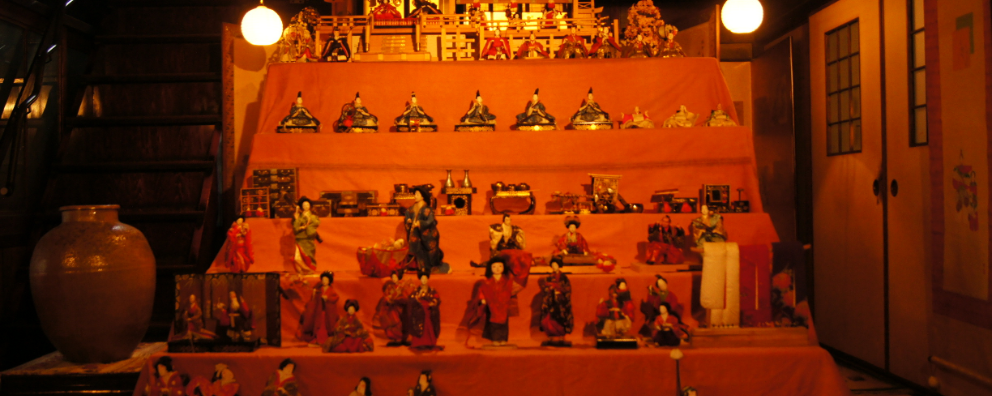
[Publication period]
Every year from Saturday after February 20 to Sunday after March 20.
[place]
At the main building entrance next to Wakura.
Toyosaburo will release about 50 items of dolls and tools that were collected and prepared for the first festival of his granddaughter Yasuko, born in 1914 (1914).
Hina dolls are typical Kyoto dolls from the middle of the Meiji era, tailored at the famous Kyoto store Maruhei Ogi Ningyoten. A charming face, based on realism, as represented by a girl wearing a crown, and a classic yet gorgeous costume.
In celebration of the coming of spring, "chicks" wishing for healthy growth of girls will be gorgeously spread.
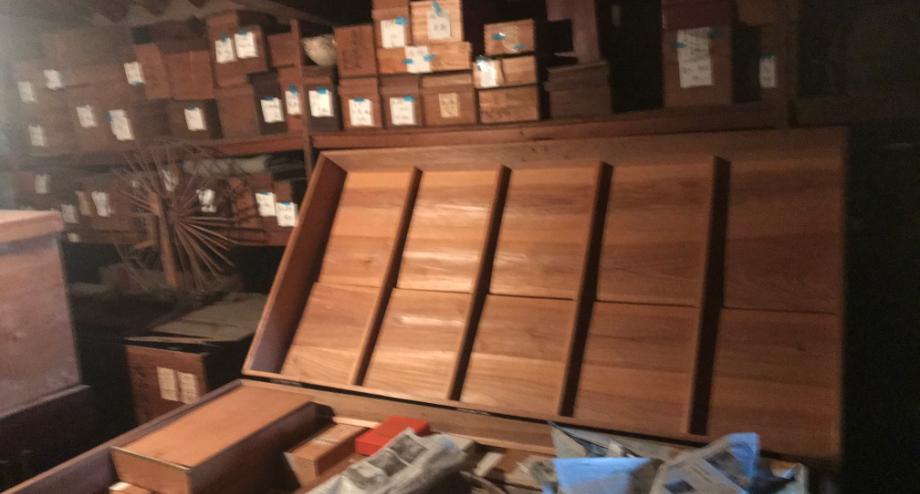
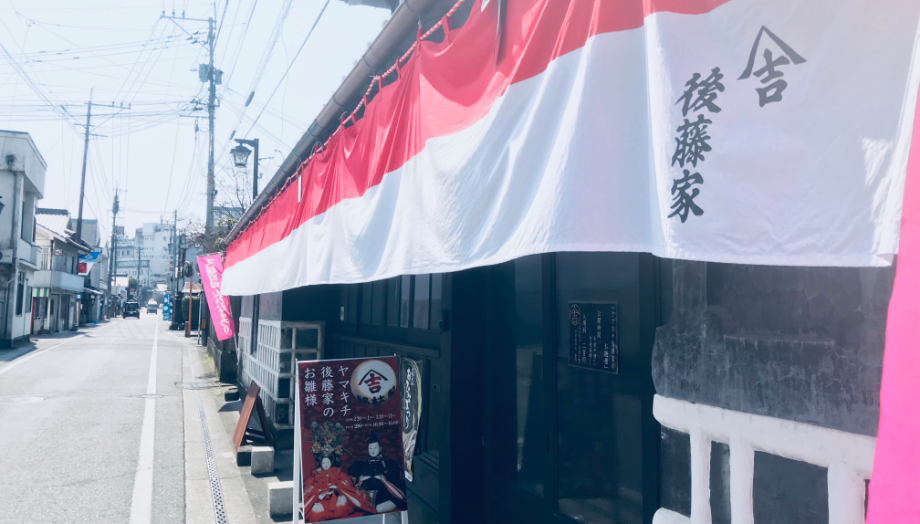
Onta Pottery
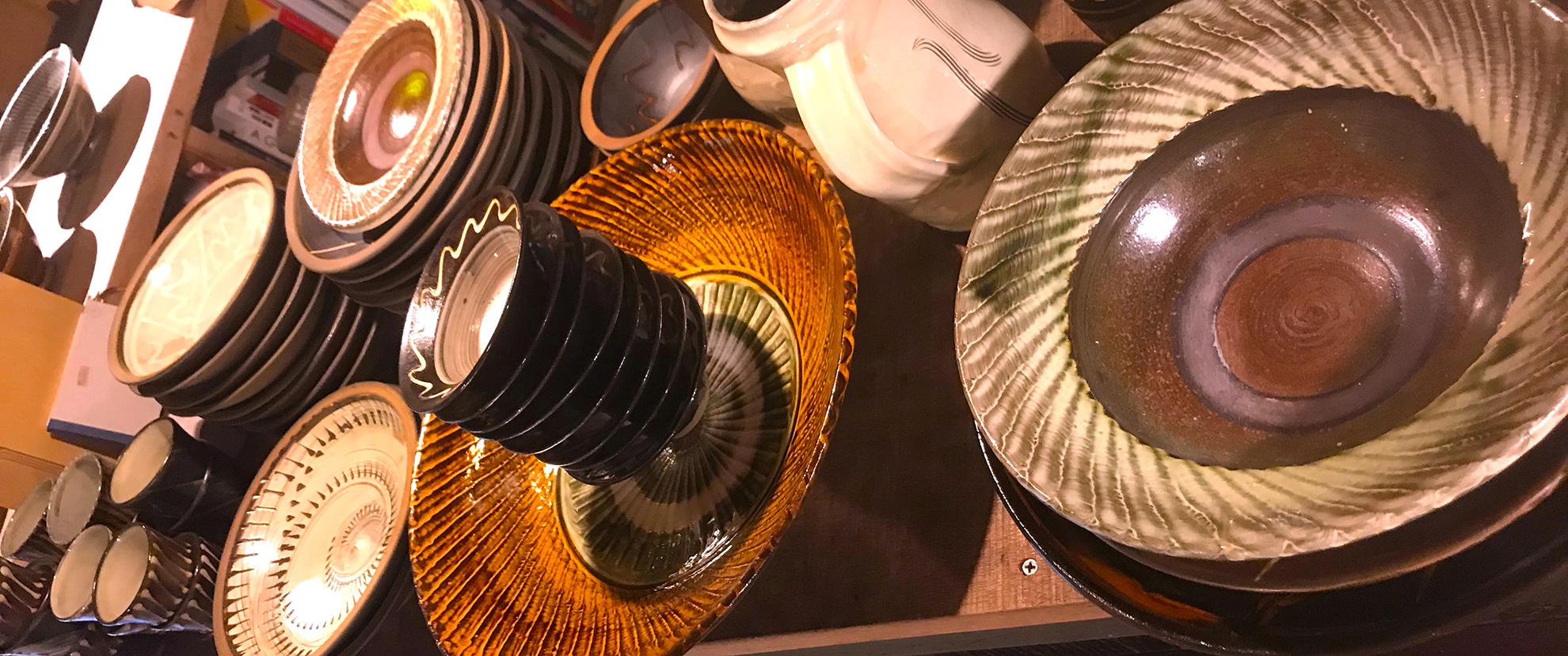
Wakura mainly uses Onta ware.
Onta, a container that carefully reveals its unique strengths.
"Nearby Japanese Folk Art Village"
The kiln dates back to 1700. Onta who keeps making one's pottery over the life of the child and protects her childhood story.
In 1927, the father of folk art, Soetsu Yanagi and Bernard Howell Leach stayed, and the name became known throughout. Naturally, there are Onta pottery on the cupboards of each household in Hita. Onta porcelain has been attracting attention in various lifestyles after the era of "porcelain" attracted by its robustness and superficial design.
Above all, Sakamoto's bowl stimulates the five senses of those who ”serve”, ”eat”, ”watch”, and ”touch”.
In addition to the natural nature of the original, unique fresh sensibility,
The "now" vessel of a young potter who keeps changing and progressing steadily for each work.
The beauty of "Nature", "Tradition", "Simple" and "Function" that can be achieved by human hands.
And think about the importance of relaxing your shoulders.
Onta for Wakura is such a vessel.
[by kazumi furuta]
